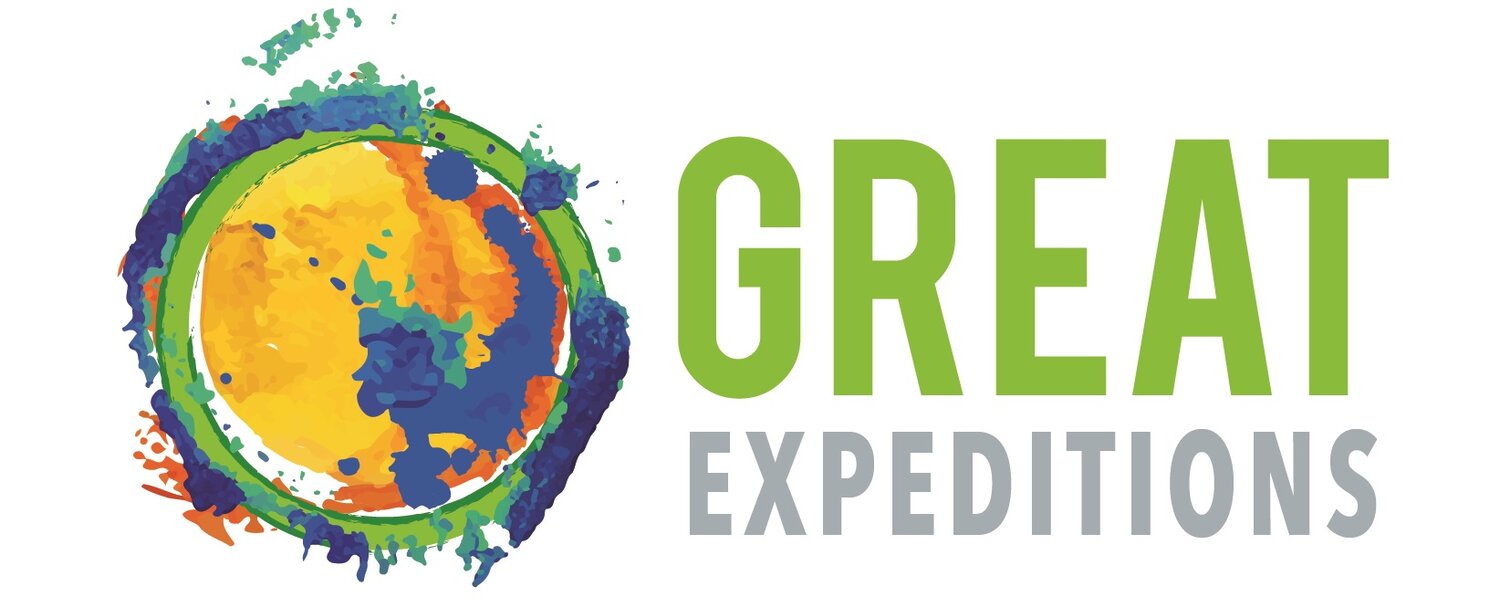People of Tanzania – The Hadza
So often we focus our attention to wildlife when we talk about an African Safari, especially to a destination like Tanzania where the wildlife is so amazing, but the truth is there is so much more to experience. Food, art and history for example, yet all meaningless without considering the most important resource of any destination – its people. A richer travel experience will come from itineraries that include the opportunity to learn about different ways of living, customs, and culture by taking some time with the local people
My recent travels to Tanzania included a few cultural experiences and, in many ways, these are as memorable as the day spent with a pride of lions and indeed was a motivating component for joining the trip.
Lake Eyasi is a long shallow salt lake that lies at the bottom of the Great Rift Valley, south of the Serengeti plains and southwest of the Ngorongoro Crater. To include this region does mean a detour from the more traditional northern circuit safari, but if you have an interest in authentic, indigenous cultures, then the extra time is well spent.
While Tanzania has over 120 tribes, merged to form Tanzanians speaking the official language of Swahili, many still maintain their own language and customs. One of the oldest and most traditional of these are the Hadzabe people. While there are only about 1500 Hadzabe people living a traditional hunter / gatherer lifestyle, these people have been around the Lake Eyasi region for over 50,000 years. The Hadzabe live as simply as I’ve ever seen. Shelters are made from twigs and branches that are easily built within a couple of hours and left behind to naturally deteriorate when the time comes to move to a new location for fresh game. Possessions are nearly non-existent, and food is foraged and hunted for daily. They do not intermarry with other tribes and live communally in small family groups. Their tribal language includes the “click” sound and they do not speak the common Swahili language.
The few hours we spent with them was indeed a fascinating experience. The day started early, as even based at accommodation on the shores of Lake Eyasi, we were still a good hour drive from where the Hadzabe people were living. Their day starts early with a hunt and we were to join them. When we arrived, the women were sitting around a small fire and the men were hanging out in another area preparing their arrows, smoking, and laughing a lot. Women and even children will also smoke – tobacco and marijuana. And there were lots of dogs.
Shortly after we arrived, we were off… we tagged along behind the men and boys, along with their pack of dogs, as they foraged through the bush at quite the pace. We had to walk and trot extremely fast to keep up! It wasn’t too long before a bird was speared. A little further and they cornered a mongoose under a tree. It took a while to snag that one, but eventually they did, and we all returned to camp. I think, as we were a little pressed for time, that our guide (and interpreter) asked them to show how they cook their food, and they planned to do more hunting after we left. That little mongoose was certainly not going to feed their village!
Interesting part two of the process. A small fire was started, with sticks of course, and once going the mongoose was tossed onto the flames (it was dead) hair and all. After being charred a bit all around, it was cut apart and the flesh was eaten. If it was even hot I’d be surprised; definitely it was very rare. I was quite happy that we were not offered any!
There have been studies on the microbiome, which is the collection of bacteria in our intestines that influences everything from metabolism and the immune system to moods and behavior. Our western diet is causing changes and even extinction of some of the bacteria in our guts. Studies on the Hadzabe people, heading up by Stanford University microbiologist, Justin Sonnenburg, with their traditional diet foraging on plants and animals with no processed or refined foods have given clues on how we can help reverse this. It’s an interesting read:















